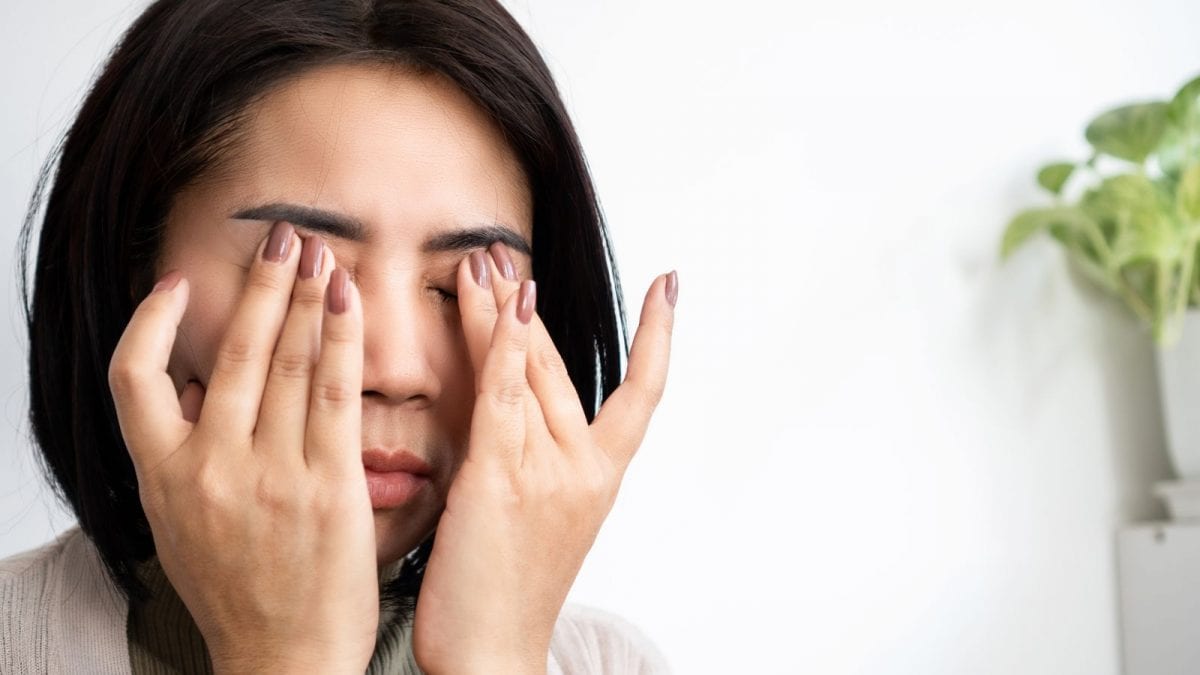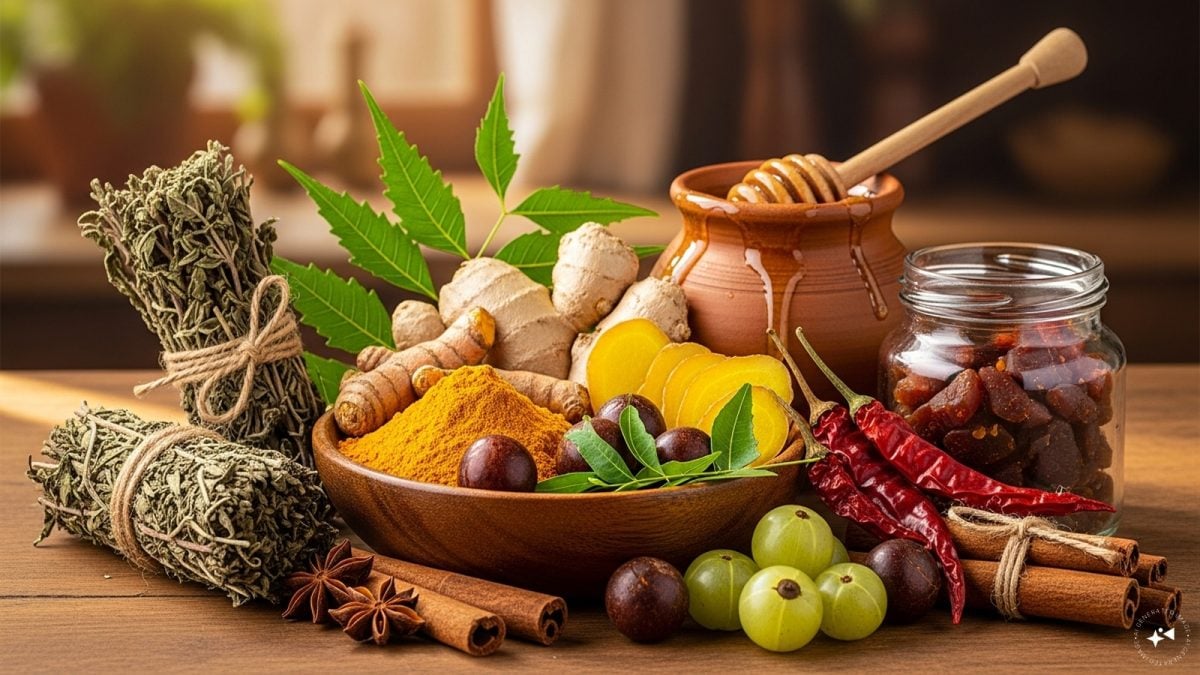Last Updated:
A few mindful habits and timely medical care can keep your eyes safe, comfortable, and infection-free through the season.

From viral conjunctivitis to styes, doctors warn that maintaining hygiene is the key to prevention.
With the arrival of monsoon, high humidity and damp conditions create a fertile ground for eye infections. From viral conjunctivitis to styes, doctors warn that maintaining hygiene is the key to prevention.
Viral conjunctivitis, or “eye flu,” is one of the most common infections during this season. “It spreads very fast, especially in schools, colleges, and offices. The symptoms are red eyes, watering, swelling, discharge, and stickiness. It is not spread by looking at another person but by touching contaminated secretions,” explains Dr. Anita Sethi, Principal Director & HOD, Ophthalmology, Max Multi Speciality Centre, Panchsheel Park. She stresses strict hand hygiene, avoiding eye-touching, and not sharing towels or napkins to prevent infection.
According to Dr Pawan Gupta, Senior Cataract and Retina Surgeon, Eye 7 Hospital Lajpat Nagar & Vision Eye Clinic, New Delhi, conjunctivitis and stye are the most frequent eye concerns during the monsoon. “A stye is typically a small painful pustule that forms on the eyelid due to a bacterial infection. Viral conjunctivitis, on the other hand, is extremely contagious and can easily spread through poor hand hygiene and shared items,” he notes.
Most cases of viral conjunctivitis are self-limiting and resolve within a week. However, Dr. Sethi warns that severe cases can persist for up to two weeks, sometimes affecting the cornea and causing blurred vision or halos around lights, requiring medical attention. Patients with diabetes or allergies are particularly vulnerable, she adds, as their lowered immunity and frequent eye-rubbing make them prone to recurrent styes and infections.
Preventive steps are crucial. “Wash hands regularly, avoid rubbing your eyes, and never share handkerchiefs, towels, or pillows,” emphasizes Dr. Gupta. He advises patients to stay home during outbreaks, wear dark glasses for comfort, and follow medical guidance strictly. Caregivers must also maintain hand hygiene when administering eye drops.
When it comes to surgeries, monsoon myths persist. “There’s a belief that cataract surgeries should not be done during the rainy season. That was true earlier when stitches were common. Today’s procedures involve tiny incisions and are safe, provided sugar levels and hygiene are controlled,” clarifies Dr. Sethi.
Do’s and Don’ts for Healthy Eyes in Monsoon
Do’s
Maintain hand and eye hygiene
Use clean tissues instead of handkerchiefs
Wash eyes with clean water
Visit an eye doctor if symptoms persist
Don’ts
Don’t rub or touch eyes with dirty hands
Don’t share makeup, towels, or bedding
Don’t self-medicate with over-the-counter drops
As both experts agree, monsoon eye infections are largely preventable. A few mindful habits and timely medical care can keep your eyes safe, comfortable, and infection-free through the season.

Swati Chaturvedi, a seasoned media and journalism aficionado with over 10 years of expertise, is not just a storyteller; she’s a weaver of wit and wisdom in the digital landscape. As a key figure in News18 Engl…Read More
Swati Chaturvedi, a seasoned media and journalism aficionado with over 10 years of expertise, is not just a storyteller; she’s a weaver of wit and wisdom in the digital landscape. As a key figure in News18 Engl… Read More








